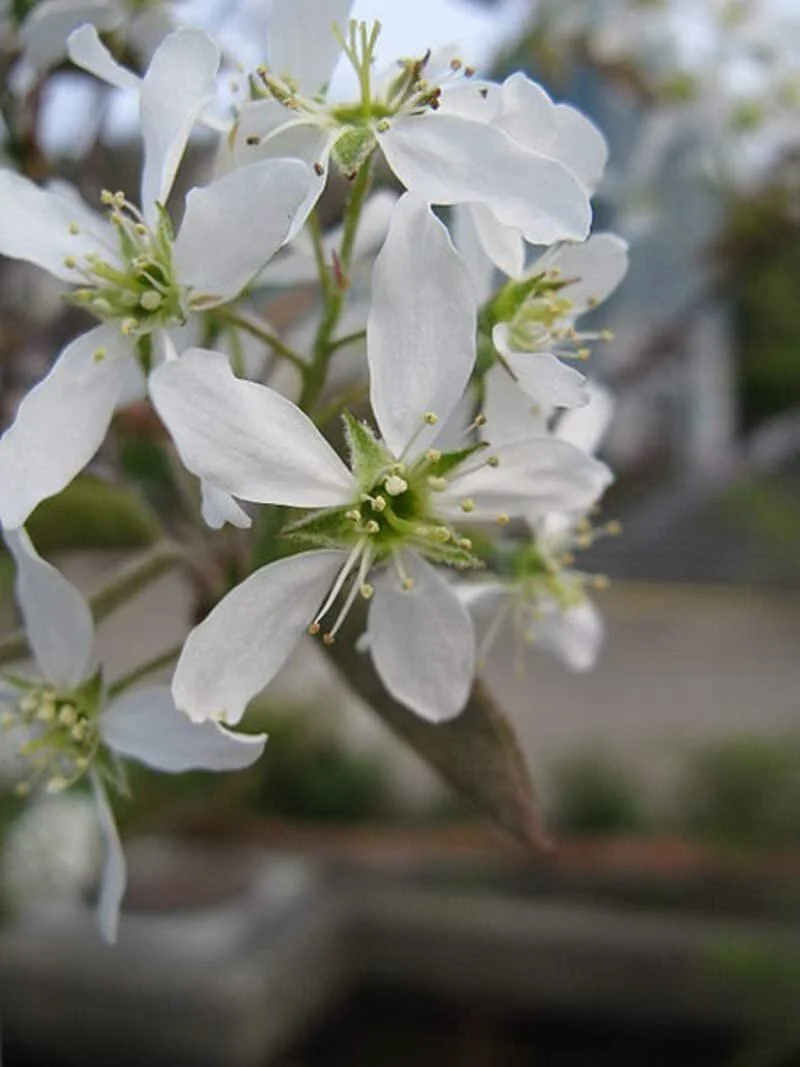“The Hum of Bees is the Voice of the Garden “
~Elizabeth Lawrence
Bees play an integral part in our ecosystem. They are vital to pollinating the food needed for our survival and the trees, shrubs, and flowers that provide habitats for wildlife. While there are several methods of pollination, wild bees are amongst the most important pollinators because they are capable of pollinating on a large scale. Sadly bees are in decline on a global scale as they face many threats, from habitat loss to the use of toxic pesticides.
So how can you help?
By making your trees multipurpose!
Below is a list of trees and shrubbery that can not only make for a lovely landscape but provide the much-needed pollen and nectar to pollinators like bees.
Black Elderberry
Small shrub with fragrant clusters of white flowers and black berries
Can be expected to grow in Hardiness Zones 4–8
Grows to a height of 3-6’
Cockspur Hawthorn
Shrub with white flowers and small red berry fruits.
Can be expected to grow in Hardiness Zones 4–8
Medium-large shrub 15-35’ and spread 20-35’
Mapleleaf Viburnum
Shrub with tiny creamy-white flowers that bloom April to June.
Can be expected to grow in Hardiness Zones 4–8
Small-Medium shrub 4-6’ and spread 2-6’
Downy Serviceberry
Large shrub or small tree. White spring flowers giving way to 1/4" fruit loved by birds.
Can be expected to grow in Hardiness Zones 4–8
Grows to a height of 15–25' and a spread of 15–25'
American Witch-Hazel
Shrub with large fragrant yellow flowers
Can be expected to grow in Hardiness Zones 4–8
Tall multi-trunked shrub up to 20’ tall and wide
To learn more about plants in your area go to pollinator.org/guides.
Unless you have certain bee allergies, don't be frightened of these black and gold beauties. The "bees" that are typically troublesome -yellow jackets, wasps, and hornets -aren't actually bees at all. They're carnivores and won't be attracted to your plants.
To learn more about bees and how you can help please check out planet bee and the bee conservancy.
If you have some dead trees that you’d like to make room for new bee-friendly ones contact us for an estimate.
Sources:
Find a Plant. (2020). North Carolina Extension Gardner Plant Toolbox. https://plants.ces.ncsu.edu/find_a_plant/
Plant Database. (2020). Lady Bird Johnson Wildflower Center. https://www.wildflower.org/plants/
Why are bees important? And how you can help them. (2020, April 17). Woodland Trust. https://www.woodlandtrust.org.uk/blog/2018/07/why-are-bees-important-and-how-you-can-help-them/





